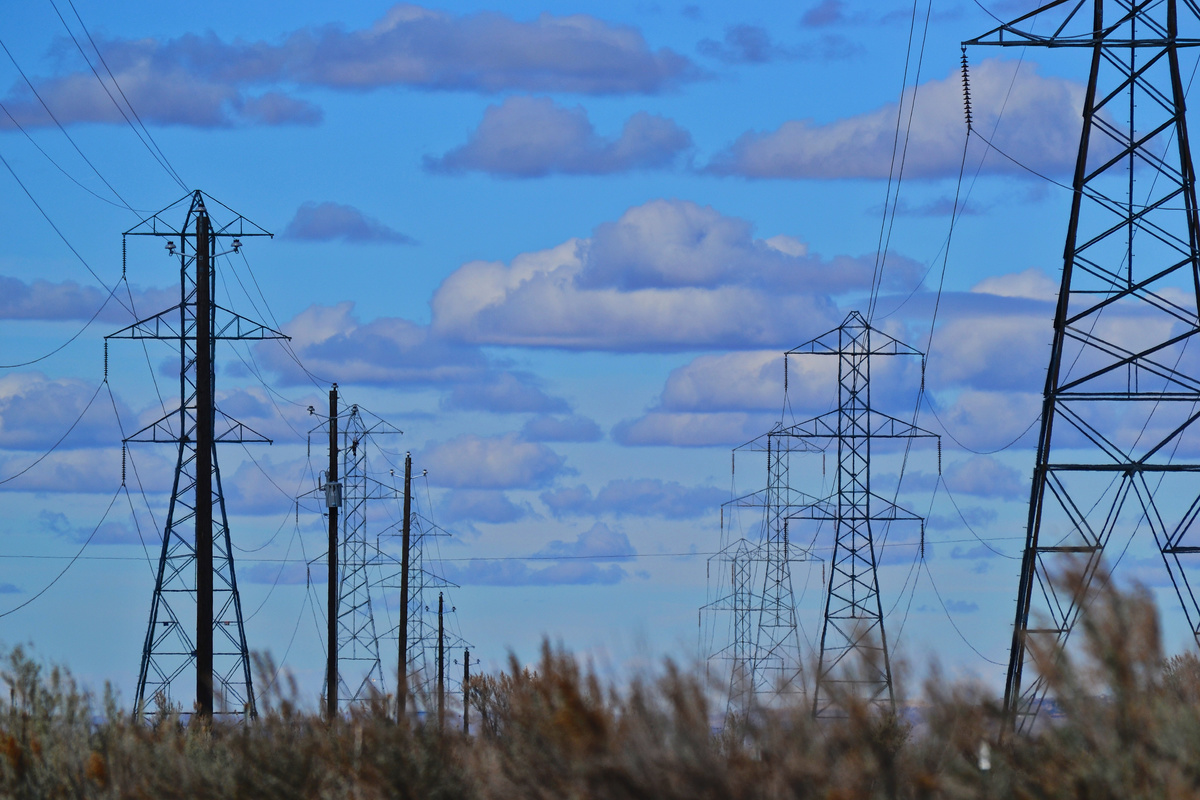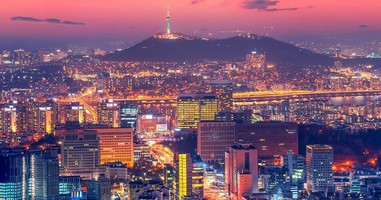
Blogs
Pavlodar region - the heart of Kazakhstan
23 July 2020


Maksat Tursynov
Analyst
Pavlodar region takes comfortable average position in the economy of Kazakhstan: 10th place in terms of nominal GRP, 7th place in terms of GRP per capita, 6th place in terms of contribution to industry. In terms of processing - 3rd place, even. However, there is one indicator that brings it to the top in comparison with the other regions – electricity generation.
Pavlodar region is homeland of powerful power plants. Their total established capacity is more than 8 thousand MW or 35% of the total in the Kazakhstan. Ekibastuz GRES-1 alone accounts for 4 thousand MW, which is more than in all southern or western regions combined. 7 generating entities of the Pavlodar region produce 40% of all electricity in the Republic of Kazakhstan. “E-GRES-1” alone produced 18.3 billion kWh in 2019, which is almost equal to the total generation of gas-turbine, solar, wind, biogas and hydroelectric power plants combined (20.1 billion kWh). In other words, all types of generation that are considered promising and less dirty in our country currently produce little more than one coal-fired power plant.
Such an abundance of electricity has rightly led to the placement of the most energy-intensive industries in the territory of the Pavlodar region (ferroalloy, electrolysis, aluminum plants, etc.). Despite this, the region's share of electricity consumption is only 19%- i.e., the region produces twice as much as it consumes. The excess electricity is sent to the southern regions, where all areas are energy deficient, via “KEGOK” high-voltage networks. However, they should not be blamed for their lack of independence – 4 out of 6 regions of the northern zone also produce less than they consume. If the western zone was connected to the NPP, then Ekibastuz electricity would go there as well. However, at the moment, they have to cover their deficit by importing from Russia.
Why is that so? Because of the largest coal basin in the Kazakhstan. Pavlodar region is the leader in coal production in physical terms (60%), but in price terms it is inferior to the Karaganda region. This is due to lower-quality raw materials, characterized by high ash content (which prevents its export abroad). Such coal is used as a fuel for power plants and households. Kazakhstan has 2.4% and 13.4% of world and CIS reserves, respectively, which will last for 200 years ahead at the current level of production. It is difficult to assume that in the near future gas and RES will make an alternative to cheap coal. In both cases, the barrier is the price. An obstacle for using gas is its cost (according to the KAZENERGY report, the average price of a ton of conventional fuel is 2 times higher), and in case of the RES, it’s their significant capital expenditures and technologies. Both can be offered by foreign investors, but the prices for sold electricity are much higher than those of traditional producers.
An additional incentive to consume cheap electricity is large-scale subsidies. According to the International Energy Agency, the amount of subsidized electricity consumption in Kazakhstan was about USD 1.3 billion based on the results of 2018. It is not the most outstanding value among other commodity economies, but in terms of per capita it is 71.3 dollars, which is 3 times higher than in China and 9 dollars more than in Turkmenistan. And this is not counting the amount of subsidized coal consumption, where power plants play a significant role.
As a result, there will be a demand for cheap electricity from coal-fired power plants. Extensive energy resources place the Pavlodar region on an extremely important strategic position and at the same time expose the total dependence of the Republic on one region. The Pavlodar region is the "heart" that pumps life-giving energy for the stable functioning of all parts of the mechanism. In other words, to arrange a blackout for the entire country is quite a lifting task- just aim for the heart. And the power plants are located only about 200 km from the border.
* Northern zone – Pavlodar, Karaganda, Akmola (including Nur-Sultan), Kostanay, Aktobe, North Kazakhstan, East Kazakhstan regions
*Western area – Atyrau, Mangystau, West Kazakhstan regions
* Southern zone-Almaty (Almaty city), Turkestan (Shymkent), Zhambyl, Kyzylorda regions
all publications











